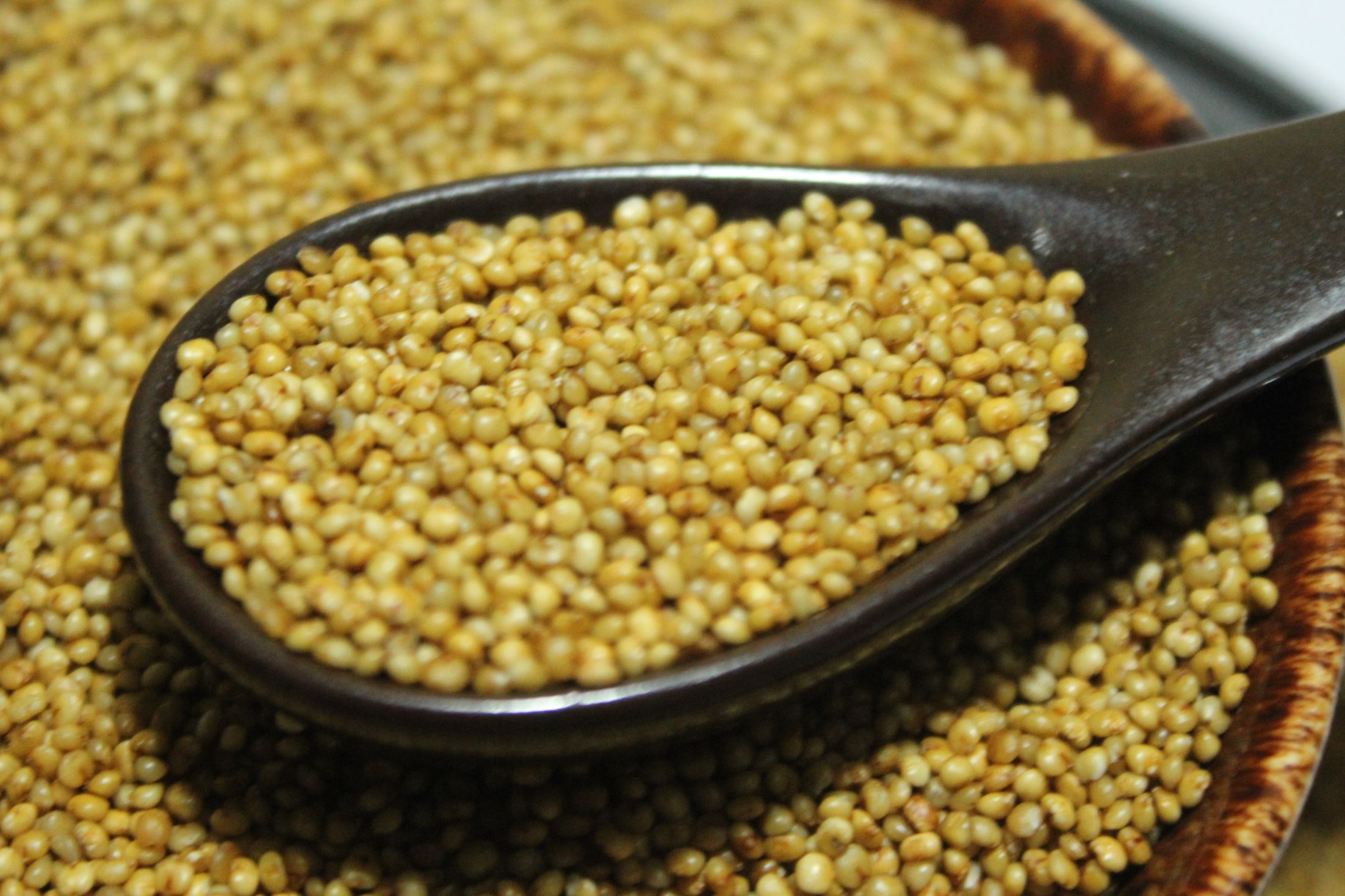Kodo Millet: A Nutritional Powerhouse for Kidney Patients
When it comes to maintaining a healthy diet for kidney patients, finding the right balance of nutrients can be a challenge. However, there’s one grain that has been gaining popularity in recent years due to its numerous health benefits – Kodo millet. In this blog post, we will explore why Kodo millet is a great addition to the diet of kidney patients and discuss its remarkable health benefits.
Understanding Kodo Millet
Kodo millet, scientifically known as Paspalum scrobiculatum, is a gluten-free ancient grain that has been consumed in India for centuries. It belongs to the millet family, which also includes other grains like pearl millet, foxtail millet, and finger millet. Kodo millet is known for its resilience in adverse conditions and is an excellent source of essential nutrients.
Health Benefits for Kidney Patients
- Low in Phosphorus: One of the primary concerns for kidney patients is managing their phosphorus intake. High levels of phosphorus can be harmful to the kidneys. Kodo millet is a low-phosphorus grain, making it a suitable choice for those with kidney issues. It allows kidney patients to enjoy a nutritious grain without worrying about exacerbating their condition.
- Rich in Fiber: Kidney patients often struggle with digestive issues, and a diet rich in fiber can help alleviate these problems. Kodo millet is a great source of dietary fiber, aiding digestion, and preventing constipation. Fiber also helps in controlling blood sugar levels, which is crucial for kidney patients with diabetes.
- Nutrient-Dense: Kodo millet is packed with essential nutrients such as vitamins, minerals, and antioxidants. It contains B vitamins like niacin and thiamine, which play a vital role in maintaining overall health. These vitamins help boost energy levels and support nerve function, which can be compromised in kidney disease.
- Low Glycemic Index: The glycemic index (GI) measures how quickly a carbohydrate-containing food raises blood sugar levels. Kidney patients often need to monitor their blood sugar closely. Kodo millet has a low glycemic index, which means it releases glucose into the bloodstream slowly, preventing sudden spikes in blood sugar levels.
- Gluten-Free: Many kidney patients also suffer from celiac disease or gluten sensitivity. Kodo millet is naturally gluten-free, making it a safe choice for those with gluten-related disorders.
- Protein Source: While kidney patients need to manage their protein intake, they still require a certain amount to maintain muscle mass and overall health. Kodo millet provides a moderate amount of protein, making it a suitable choice for individuals with kidney disease.
Are Vegans Actually Healthier? A Closer Look at Plant-Based Diets
Incorporating Kodo Millet into the Diet
Now that we’ve highlighted the health benefits of Kodo millet for kidney patients, let’s discuss how to incorporate it into the diet:
- Substitute for Rice: Replace white rice with cooked Kodo millet as a side dish or as part of the main course.
- Porridge: Make a nutritious breakfast by cooking Kodo millet as a porridge with milk or a dairy-free alternative and sweetening it with honey or fruits.
- Salads: Sprinkle cooked and cooled Kodo millet over your favorite salads for an added crunch and nutritional boost.
- Soups: Add cooked Kodo millet to soups and stews to enhance their texture and nutritional content.
Kodo millet is a nutritional powerhouse that offers numerous health benefits for kidney patients. Its low phosphorus content, rich fiber profile, essential nutrients, and other health advantages make it a valuable addition to the diet of individuals with kidney disease. When consumed in moderation and as part of a well-balanced diet, Kodo millet can contribute to improved overall health and well-being for kidney patients. However, it’s essential to consult a healthcare professional or a registered dietitian before making significant dietary changes to ensure they align with individual health needs and restrictions.












